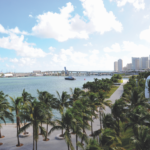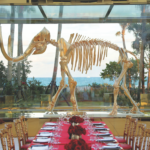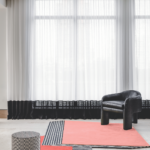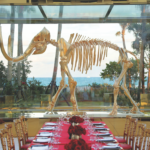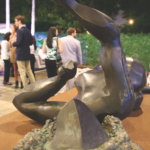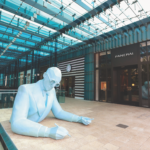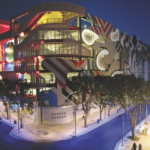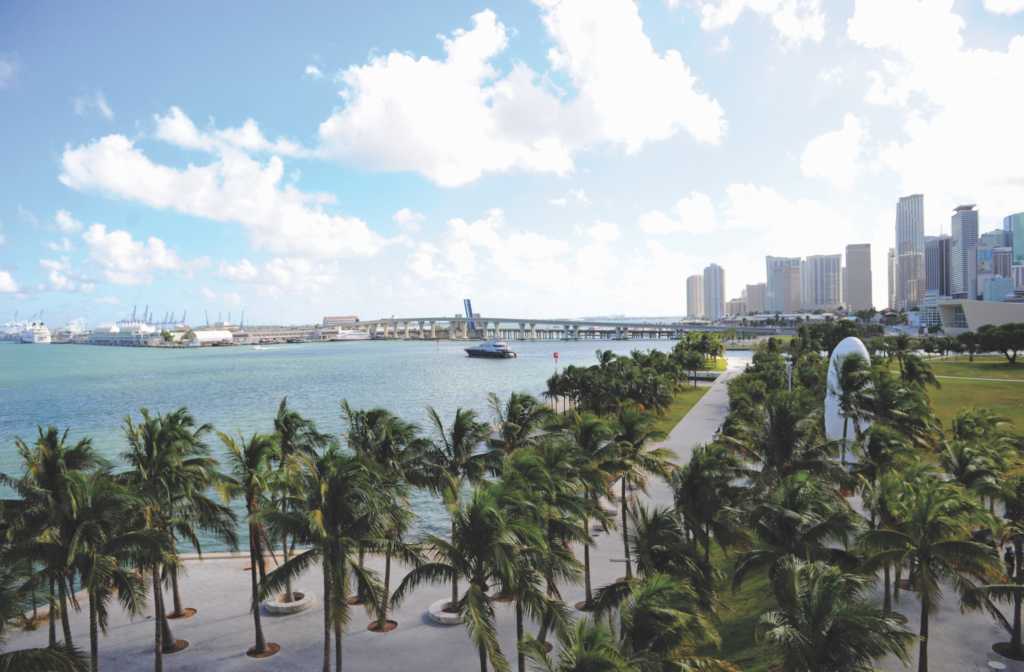Not the Miami You Think It Is
Author:Lindsey ShookRuby Ramirez and Alison Antrobus of Antrobus + Ramirez share why their city is so magical
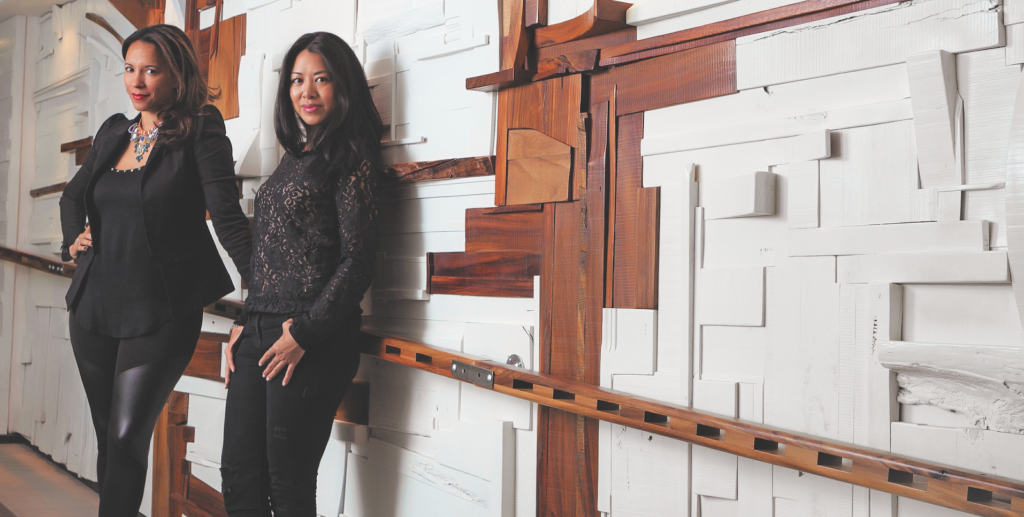
LET’S FACE IT most people travel to Miami to eat Cuban food, tour the Versace mansion and listen to electronic music, not to soak in architecture and design. These days, however, there is a burgeoning design community that is quickly putting the Magic City on the global map as a robust design destination. From the new Zaha Hadid building to blocks upon blocks of public art, Design Miami and hospitality spaces curated by California’s own Nicole Hollis and Ken Fulk, the once deco-clad city is taking art, architecture and design to a whole new level.
One of the most sought-after local residential and commercial firms, Antrobus + Ramirez, is playing a key role in shifting the perception that Miami is full of white leather and chrome. Partners Alison Antrobus and Ruby Ramirez launched the venture in 2004 after working alongside design greats like Philippe Starck, Marcel Wanders, Kelly Hoppen and Jade Jagger. Their firm has completed a number of distinguished projects including residences at the Surf Club by Richard Meier, 215 Chrystie by Ian Schrager and Prime 112 steakhouse in Miami Beach, and they recently debuted a collection of contemporary rugs. Here they shed light on why Miami is quickly becoming a design mecca.
What is the most common misconception about design in Miami? (ALISON ANTROBUS) That all design in Miami is shiny and white. However, it’s quite the opposite. Miami has historically approached architecture and design with a nonconformist perspective. A great example is the developer of the Design District, Craig Robins, who has demonstrated his very unique, bold and creative approach to the merger of art, design and retail in public spaces. We love what he’s done and believe in his vision for the future!
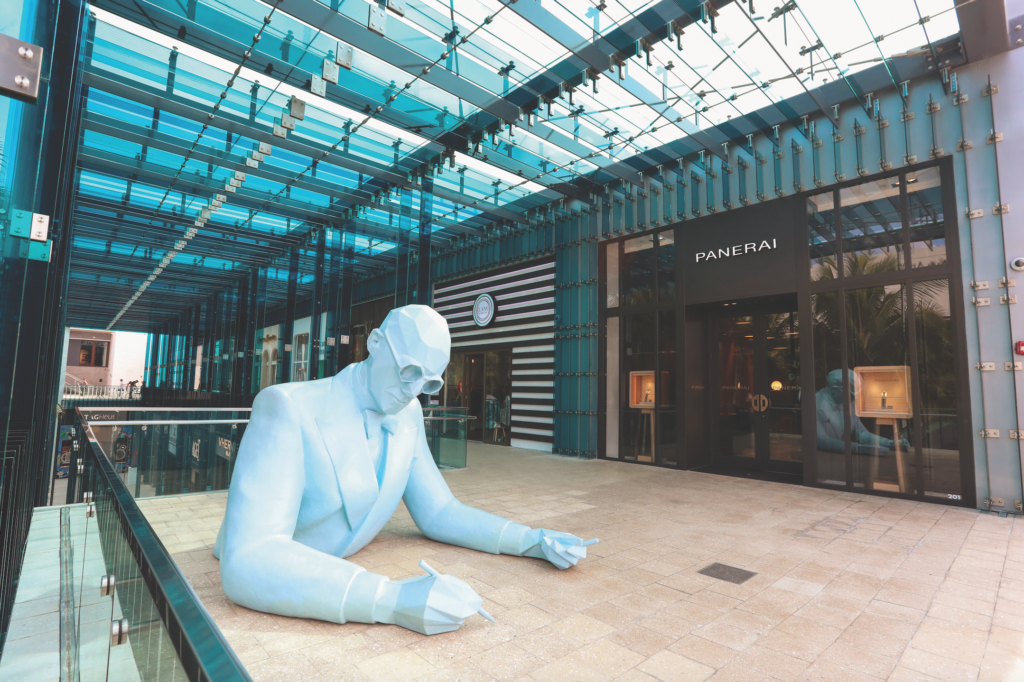
How has the local architecture changed in Miami over the past five years?(RUBY RAMIREZ) Architecture has become the center stage of Miami development, with some of the most important architects in the world at the helm including Zaha Hadid, Bjarke Ingels, Renzo Piano and Richard Meier. Developers and builders were starting to realize what other world-class cities already knew: Architecture is indeed art.
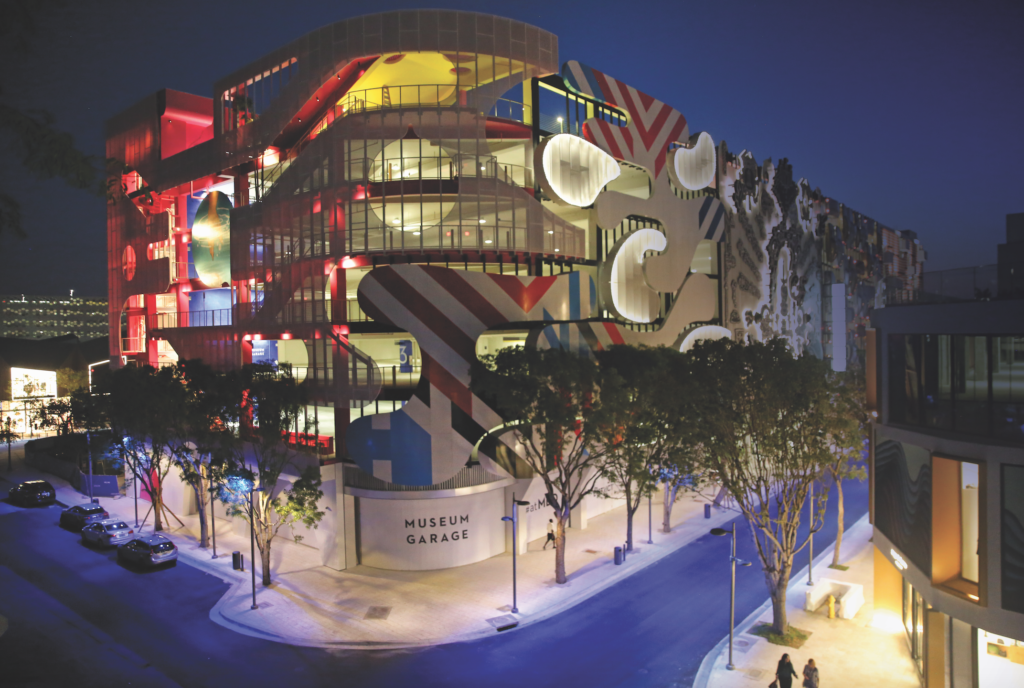
What about Miami inspired you to launch your new rug collection?
(ALISON ANTROBUS) Aside from the fact both of us are trained artists, our respective Jamaican and Filipino heritages combined with the profuse multicultural influences in Miami are present in each design. We suspect that’s why our nontraditional rugs resonated with Christian Maroselli and Jean de Merry of the globally renowned Jean de Merry showroom, where designers can find the collection.
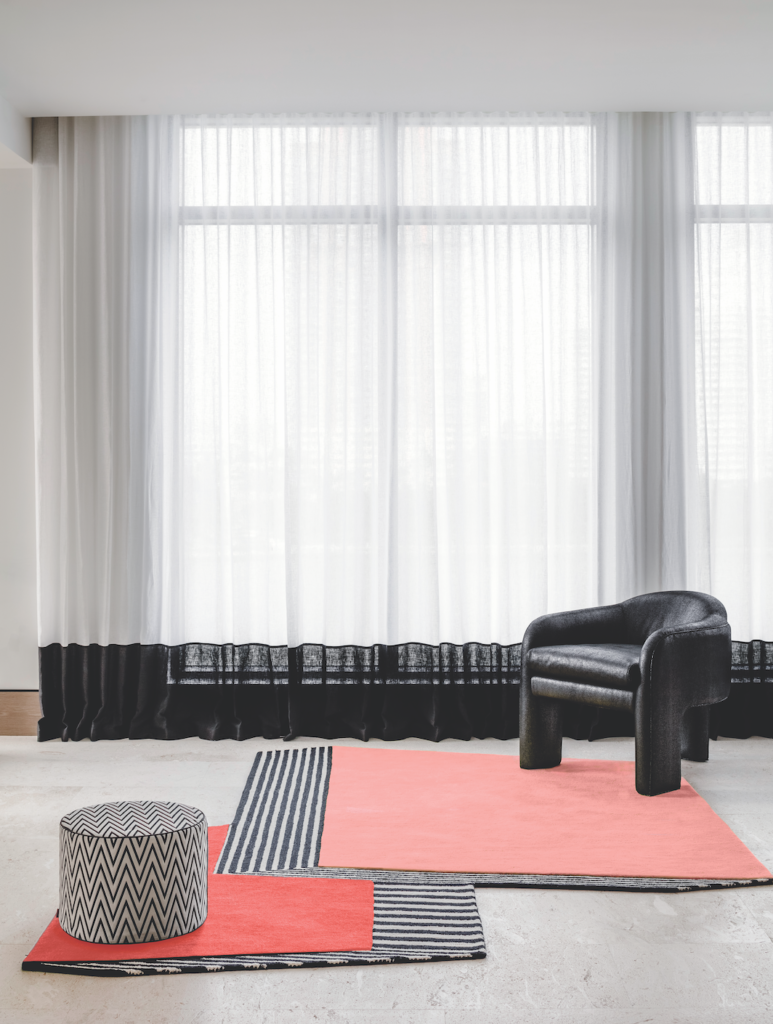
How has the local community evolved as a result of Art Basel and Design Miami? (RUBY RAMIREZ) Aside from attracting design-savvy tourists, both events have galvanized art to become an essential thread of our society. Even when looking at our parking garages you’ll see much more than structures with stacks of cars; you’ll see the architecture and its facades function as permanent, sculptural canvases.
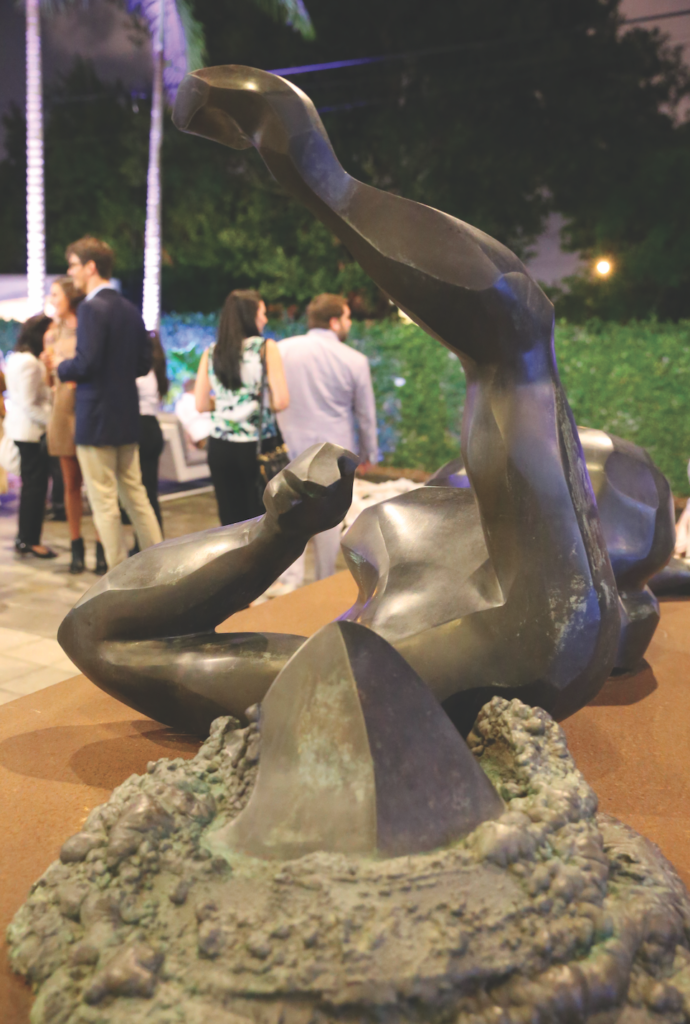
Why should the art and design community visit Miami? (ALISON ANTROBUS) It’s a great time to catch a city in a very young stage of development. One day soon, Miami will no longer be the awkward teen but a visually captivating, fully realized world-class city.
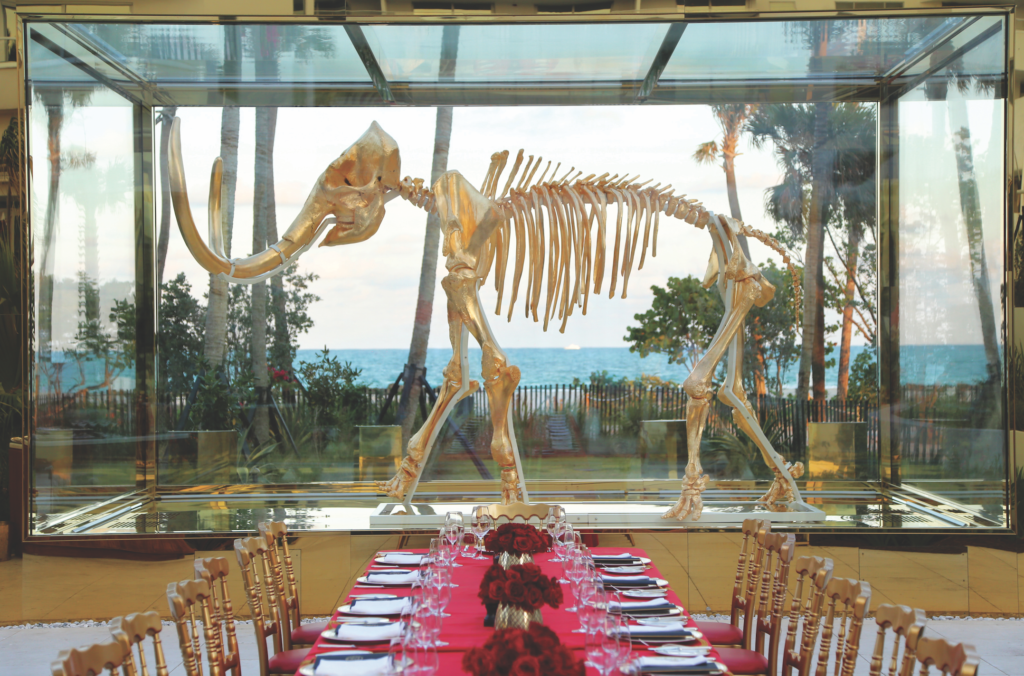
MIAMI MUST-STOPS:
GALLERY: Rubell Family Collection
MUSEUM: Pérez Art Museum Miami
RESTAURANT: Amara at Paraiso
SHOWROOM: Avenue Road’s Miami Residence
HOTEL: Casa Faena
LOCAL DESIGNERS TO KNOW:
